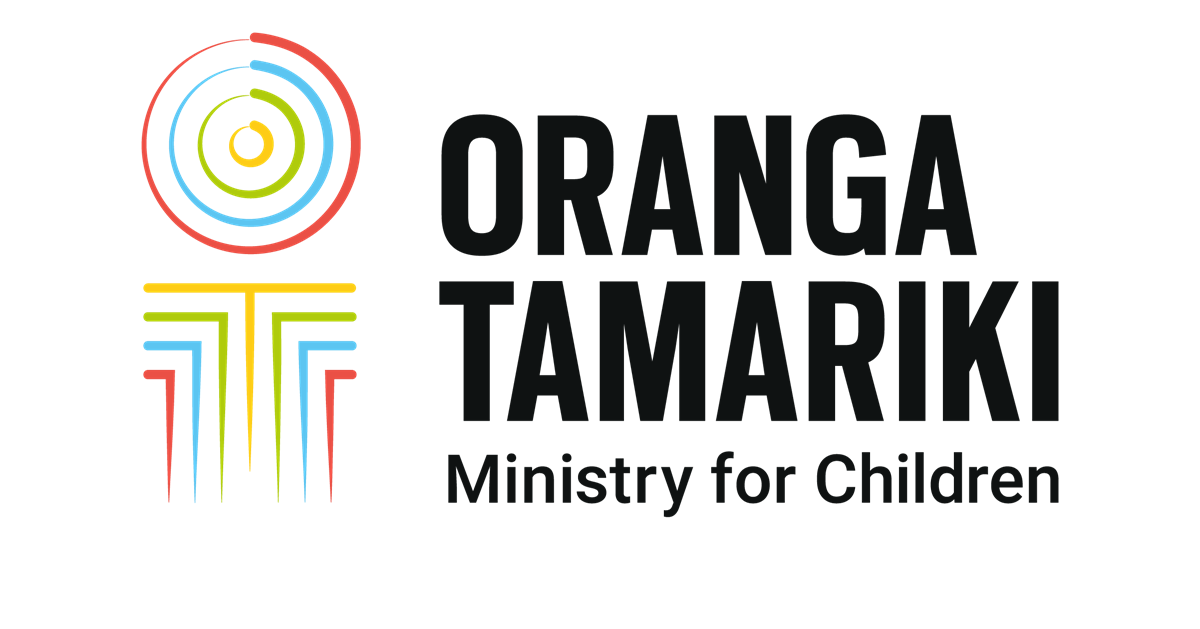Transitions Support Service evaluation
Published: June 7, 2022
The Transitions Support Service is for young people moving away from care into independent adulthood. The following reports present findings from the evaluation of the Transitions Support Service.
Background
The Transitions Support Service (TSS) for young people moving away from care into independent adulthood commenced in July 2019. The service is provided in partnership with providers and offers eligible young people leaving care:
- a Transition Worker to walk alongside them and maintain regular contact up to the age of 21
- the ability to remain living with, or return to live with, a caregiver, until they are 21
- advice and assistance until they are 25.
At 30 June 2021, there were 63 TSS partners and more than 120 transition workers. The TSS partners are a range of NGO and iwi organisations located throughout the country.
A key element of the evaluation of the TSS is the Just Sayin’ survey which gathers the voices of rangatahi to understand how they are being supported, what difference the support has made for them, and their living situations. The survey is run annually to monitor progress towards the key outcomes the Transition Service aims to achieve. The survey is one element of the overall evaluation programme.
The Just Sayin’ 2021 survey reached out to a total 514 eligible young people for whom Oranga Tamariki had valid contact details. Of these young people 355 (69%) responded to the survey. While the survey response rate was higher than in the first Just Sayin’ survey (141 rangatahi responded), we are cautious that the findings are based on the self-reports of those who could be reached. Those young people whose contact details were not available may have differing experiences and views not represented in the findings.
Results from the first Just Sayin’ survey were published in March 2021 and are available online.
Key findings
These reports have been informed by Just Sayin’ 2, the second annual survey of rangatahi eligible for a transition worker. The thematic reports and fact sheets explore the responses from specific groups of young people.
The studies found that:
- The new service had been successfully established
- Pre-transition planning was not yet consistent, with variations in practice noted. It seems that transition planning works best in regions with a dedicated Oranga Tamariki transition resource.
- The support offered by transition workers matched the needs of rangatahi. This support includes help with life skills and becoming independent, obtaining ID documents, goal setting and help with work, education and training.
- Forty percent of rangatahi Māori said they were supported by a Māori TSS partner, and a further 23 percent said they would like to be. Learning from kaupapa Māori partners has been welcomed by all involved.
- Although it is early days, there are promising indications that transition support has improved outcomes for young people leaving care. The vast majority of young people involved said they trusted their TSS worker, and that their TSS worker understood their needs.
Findings from the Just Sayin’ 2 survey
Most young people had a transition worker (77%) but some aspects of transition planning were not happening consistently
- Two-thirds of young people in care gave positive feedback about their experiences with Oranga Tamariki.
- Most young people felt they had a say in the important decisions in their lives ‘most’ or ‘all of the time’ (in care: 78%, left care: 79%).
- Many young people reported they had not been involved in planning what will happen when they leave care (49% in care, 62% left care). A third (30%) of young people in care reported having a copy of their plan.
Most young people were positive about the support they were receiving from their transition worker, 81% said they made things better for them
- Sixty-three percent of young people who had a transition worker thought the frequency of contact with them was about right.
The most common people for young people to live was with their whakapapa whānau (biological family) (44%); however, young people leaving care were likely to move to live somewhere else
- A higher proportion of rangatahi Māori lived with whakapapa whānau than other ethnic groups (51% compared to 34%).
- Only 38% of young people in care thought they would stay living in the same place when they left care. Just over a quarter (28%) of young people who had left care were living in the same place as before they left care.
- It is important to note that one of the limitations of the survey is the absence of responses from young people experiencing housing deprivation. This is addressed in the Oranga Tamariki Action Plan Transitions Cohort housing needs assessment.
There is room to improve the support young people who are parents receive
- Seventeen percent of young people said they were either a parent and/or hapū (pregnant). Nearly two-thirds of parents said their child/children lived with them either some or all of the time; most were women (75%).
Most young people were doing well, but around one-quarter were struggling with some aspects of their lives
- These aspects relate to being secure in their identity, proud of who they are, hopeful about the future, knowing their iwi, general life ratings and ratings of the four domains of Te Whare Tapa Whā.
- Fifty-nine percent of young people reported a disability. Young people with a disability rated many aspects of their life more negatively than other young people.
- Smaller proportions of young people with a disability achieved NCEA level 2 or higher, were positive about all aspects of the questions about identity, had an adult to turn to if needed, considered they were getting the support they needed to learn the skills they wanted to learn, had no worries or felt good about life in general.
- Nineteen percent of young people were Not in Education, Employment or Training (NEET), a higher proportion than the national NEET rate of 12% for 15-24 year olds Of survey respondents not in education or training, just under half (47%) had NCEA level 2.
Next steps
We are committed to using what we have been told to improve the Transition Support Service. During the third year of the service the size of the eligible cohort will increase. Further development of the service will be informed by the voices of young people with care experience and from ongoing research.
Research files
-
Summary results for Social Workers Transition Workers - Just Sayin' 2021
Read the summary results for social workers/transition workers from the Just Sayin’2 survey of young people eligible for a Transition Worker under the Transition Support Service.
Pdf, 289 KB
-
Summary results for Social Workers Transition Workers - Just Sayin' 2021 (te reo version)
Read the summary results for social workers/transition workers from the Just Sayin’2 survey of young people eligible for a Transition Worker under the Transition Support Service – in te reo.
Pdf, 295 KB
-
Summary results for rangatahi - Just Sayin' 2021 (te reo version)
Read the summary results for rangatahi from the Just Sayin’ 2 survey of young people eligible for a Transition Worker under the Transition Support Service – in te reo.
Pdf, 375 KB
-
Summary results for rangatahi - Just Sayin' 2021
Read the summary results for rangatahi from the Just Sayin’ 2 survey of young people eligible for a Transition Worker under the Transition Support Service.
Pdf, 363 KB
-
Theme Report Young People in Youth Justice
Theme Report Just Sayin’ survey: Understanding the needs of rangatahi in Youth Justice facilities eligible for a transitions worker.
Pdf, 676 KB
-
Transition Support Service Evaluation synthesis report
This report pulls together findings from all the evaluation activities to October 2021.
Pdf, 3 MB
-
Theme Report Rainbow Young People
Theme Report Just Sayin’ survey: Understanding the transition needs of rainbow young people.
Pdf, 1.9 MB
-
Theme Report Māori and Pacific Young People
Theme Report Just Sayin’ survey: Understanding the transition needs of Māori and Pacific young people.
Pdf, 776 KB
-
Just Sayin Summary Report 2021
This report summarises findings from the second Just Sayin’ survey in 2021.
Pdf, 4.2 MB
-
2021 Parents Fact Sheet
Parents fact sheet - summary of Just Sayin’ survey findings.
Pdf, 248 KB
-
2021 Housing Fact Sheet
Housing fact sheet - summary of Just Sayin’ survey findings.
Pdf, 233 KB
-
2021 Disability Fact sheet
Disability fact sheet – summary of Just Sayin’ survey findings.
Pdf, 324 KB
-
2021 Care Status Fact Sheet
Care status fact sheet – summary of Just Sayin’ survey findings.
Pdf, 247 KB

